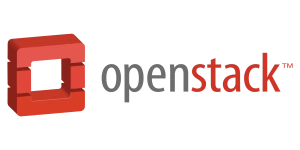Openstack Swift
Openstack’s founders, Rackspace and NASA, have created this platform with (public) cloud in mind.
Openstack is completely opensource and freely availalble under the Apache License. Meaning, you’re free to spin up your own cloud using their software. Openstack’s storage solution (Swift) is pluggable to be s3 compatible.
Openstack has many providers offering up their hardware on the openstack IaaS layer. To name a few: Canonical’s Ubuntu Bootstack and TATA’s managed infra services
Openstack’s pluggability is where its true power lies. Its sourcecode is written in Python and actively maintained. They have many performance and security enhancements, as well as plugins ready to be installed.




